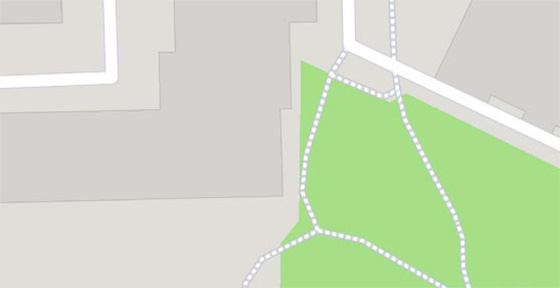The Natural History Museum was opened in 1889. The collection presents mainly collections of Austrian monarchs. These include, among others, fossils, shells, corals, minerals and precious stones. There is also a menagerie and a botanical garden.
The oldest exhibits come from the collection of Johann von Baillou, who bought them from Franciszek I, husband of Teresa Habsburg. The museum has 39 rooms with exhibitions, including geological, mineralogical, anthropological, petrographic, about the history of evolution and dinosaurs. The most interesting exhibits include 115 kg of smoky quartz excavated in the nineteenth century from the Trefen glacier in Switzerland, meteorites, dinosaur skeletons, remains of people (twins) from 27,000 years ago or a piece of basalt from the moon.
On the first floor there is a room dedicated to microfauna. In the next rooms there are exhibits about animals at subsequent stages of evolution - sponges, mollusks, insects, arthropods and various vertebrates.
Attractions inside




